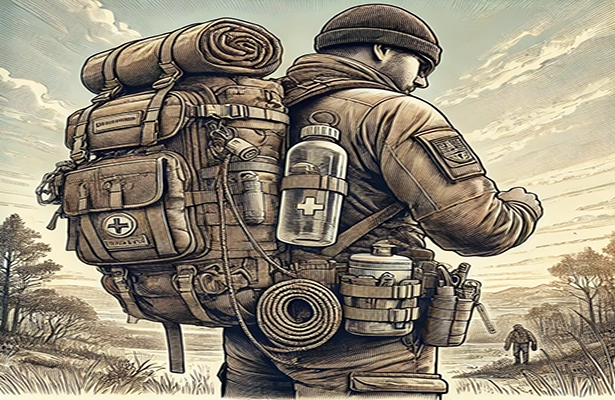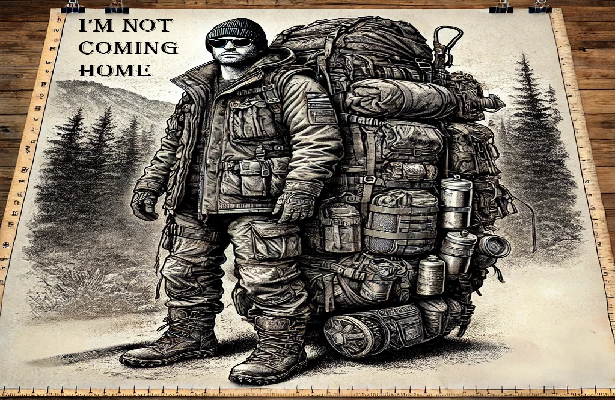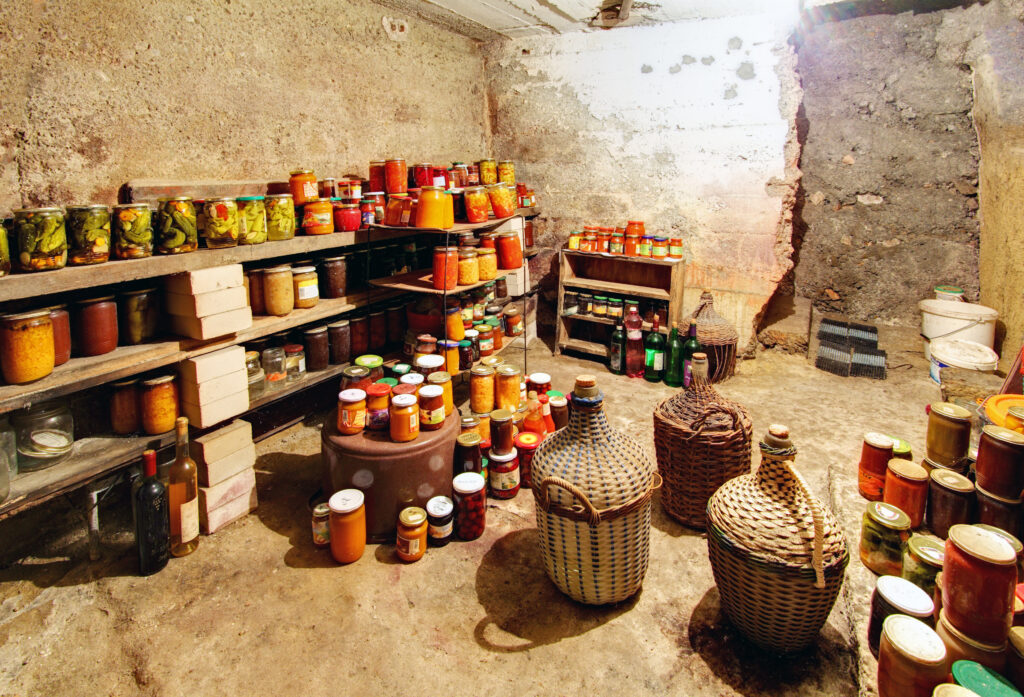A Guide to Basic Knots Every Survivalist Should Know
Whether you are camping, hiking, or facing a survival situation, knowing how to tie essential knots can be crucial for your safety and survival. Here are some of the most important knots to learn:
- Bowline knot: The bowline knot is a versatile knot that creates a secure loop that won’t slip or come undone. It is often used for tying ropes to trees or for rescue situations.
- Clove hitch knot: The clove hitch knot is used to tie ropes to poles or trees. It is quick and easy to tie and is often used in camping and outdoor activities.
- Square knot: The square knot is a basic knot used for joining two ropes of the same size. It is often used for tying bandages or securing items.
- Sheet bend knot: The sheet bend knot is used to join two ropes of different sizes. It is often used in emergency situations or for securing a tarp or shelter.
- Figure eight knot: The figure eight knot is a strong and secure knot used for creating a loop at the end of a rope. It is often used for rappelling, rock climbing, and other outdoor activities.
- Taut-line hitch knot: The taut-line hitch knot is used to adjust the tension of a rope, such as a tent guy line. It is easy to adjust and holds the rope securely in place.
- Trucker’s hitch knot: The trucker’s hitch knot is used for securing loads or tying down gear. It is a powerful knot that can create a lot of tension and is commonly used in camping and outdoor activities.
Learning these essential knots can make a big difference in your safety and survival in the outdoors. Practice tying them before your next outdoor adventure, and remember to always use proper safety measures when handling ropes and knots.

20.8 lb. Stealth Camping Bag? A complete Guide to Stealth Camping
Stealth camping can be a thrilling and adventurous way to experience the outdoors, but it requires careful planning and preparation. One of the most important […]






